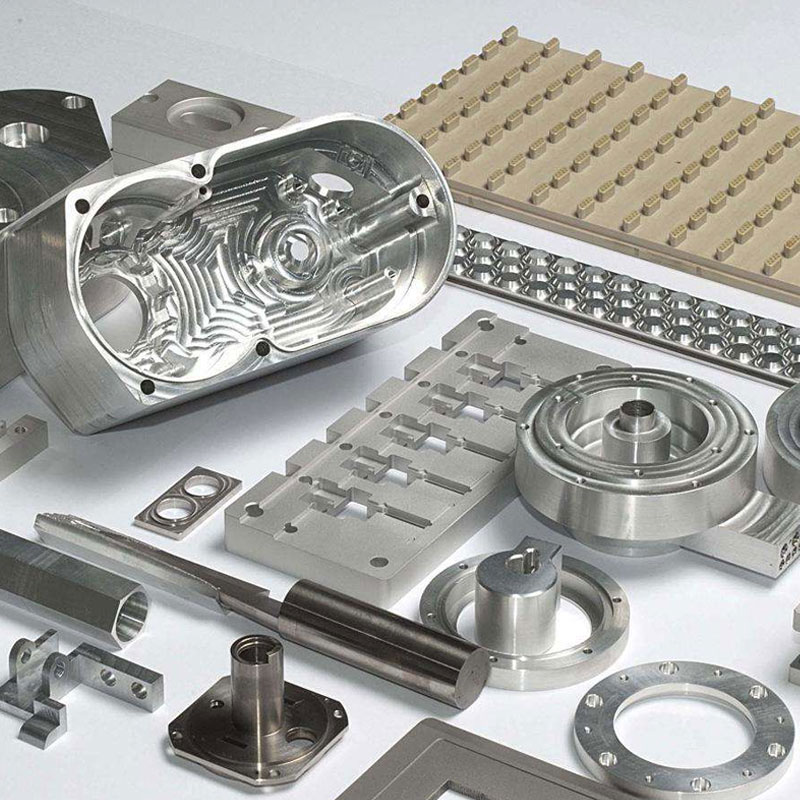- Twisted cable method
Using high-purity titanium wire can be twisted together with the superconducting copper wire, and the interface between copper and titanium is soldered with lead. In this method, the manufacturing process is relatively simple. However, anodized insulation cannot be used on the surface of titanium. Another disadvantage is that due to the electromagnetic force in the coil, lead solder will be deformed and peeled off, which will lead to poor electrical contact between aluminum and copper. - Internal welding
Put a superconducting copper wire on the aluminum tape with groove and solder with lead or solder. The disadvantage of this method is similar to the twisted cable method. - Titanium plating
After the copper superconducting wire is continuously passed through the titanium melt at 800 ℃, the surface is covered with a layer of titanium. The thickness of the aluminum layer can reach tens of microns. When passing through the titanium molten pool, a small amount of copper diffuses into the titanium molten pool, causing a small amount of copper to be lost on the surface of the copper composite conductor, and at the same time generating an AlCu compound on the interface of the complex titanium, resulting in poor stability. - Titanium-plated tube drawing method
Insert the copper superconducting rod into the aluminum tube and stretch it together, so that the feed and aluminum are combined together. But this force method can not achieve metallurgical combination. During the stretching process, the superconductor may come out of the aluminum tube clothing. This method has practical difficulties. - Nb-T5 / AI / C M / Al overlapping composite stretching method
The strength of titanium and Nb-Ti differ greatly (Nb-Ti hardness is 5 times higher than titanium), so composite stretching is very difficult. If the copper is sandwiched between titanium and Nb-Ti, and then a layer of copper is coated on the outside of the aluminum, it is easy to stretch into a wire. After stretching, the copper on the surface can be removed by pickling. After aging heat treatment, anodized film can be formed on the surface of the wire, which can not only increase the current density of the superconductor, but also reduce the resistance of aluminum and copper. However, at the interface of copper and aluminum in the inner layer, K easily diffuses to form AlCuM compounds, which affects the stability of the conductor, so this method cannot be widely used in Liaoning. The resistivity of the Cu / A1 composite superconductor with a total short stretch at 4.2K. When heat treatment is performed at close to 250 ° C for 1 hour or 250 ° C for 0.5 hour, the resistivity is the lowest. However, such heat treatment conditions cannot obtain the optimal critical current. Therefore, this method cannot be widely used.

What’s your reaction?
Love0
Sad0
Happy0
Sleepy0
Angry0
Dead0
Wink0









